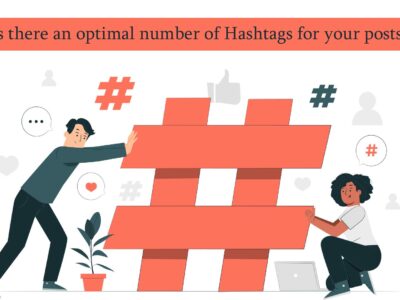While shopping online, customers get impressed with high-quality photos. As per MDG Advertising, 67% of people think that superior images affect their buying behavior. It means that it is as essential as the product description, online reviews, and ratings!Â
Psychologists believe that it is due to the ability of pictures to affect your mood subconsciously. As a marketer, you need to use images often. However, the question is which type of images will improve the conversion rate. One of the choices that marketers contemplate frequently is between stock photos and real imagery.Â
Difference between stock photos and real imagesÂ
Real imagery refers to the pictures captured by a professional photographer for brand creatives, promotions, or any other purposes. Stock images are the photos that are already available for use. You can find stock photos by searching for the type of images you need on the internet. Â
Stock Photos V/S Real ImagesÂ
Many Websites offer wide range of stock images for free which is budget friendly. With such a feature it is more easy and not time-consuming to find relevant pictures. They don’t ensure originality and are used multiple times before. In real images originality and quality remains, also there is flexibility involved in how you want to photograph. The only con of real photography is expense and time-consumption.Â
However, you shouldn’t use a stock photo if:Â
- It is already licensed.
- The image has been used multiple times.
- It does not show your brand or product in a good light.
For example, if you use the stock photos of actors or actresses on the customer service page, the audience will know that you are faking it. Instead, use the images of lesser-known models. Â
Suppose that your company provides solutions to clear debts. In this case, you can use the picture of your company CEO in the brand creatives. The CEO might be a renowned person or expert in this field. As a result, using real imagery can motivate the customers into buying your solutions.Â
ConclusionÂ
Both stock photos and real imagery have their significance in digital marketing. However, their purpose of use and whether they are increasing the value of the content or not should be evaluated carefully.Â








Comments